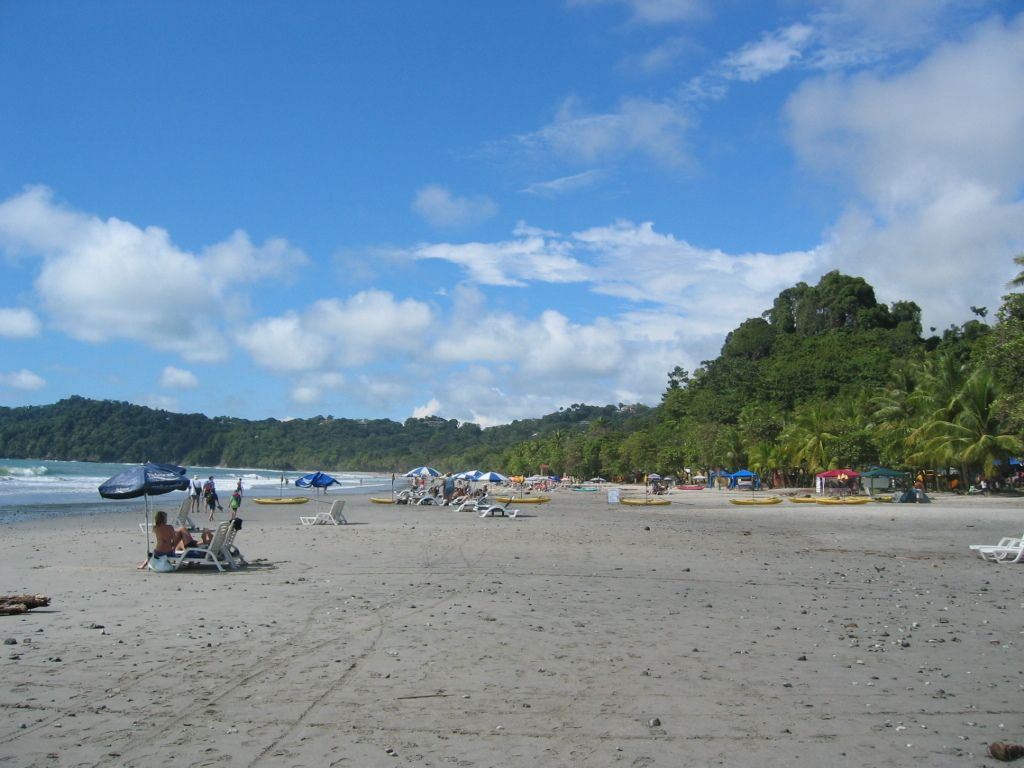Images: Conclusion of Initial 'Ramstein Flag' NATO Drills in Greece
Let's Talk About Ramstein Flag
Got wind of a bangin' new air exercise? Yep, it's called Ramstein Flag. This bad boy just wrapped up at Andravida Air Base, Greece, and it was a doozy. Over a hundred aircraft from 12 different countries took part in this massive European exercise, focusing mainly on counter-A2/AD and integrated air and missile defense missions.
NATO Allied Air Command put on the inaugural Ramstein Flag event, and it's safe to say it was a huge success. From October 1st to the 11th, NATO fighters conducted almost 1,100 sorties, with the US Air Force contributing F-35 fighters from RAF Lakenheath, UK, and KC-135 tankers from RAF Mildenhall, UK.
Remember the first Red Flag exercise back in 1975 at Nellis Air Force Base, US? Well, Ramstein Flag takes it to the next level. The goal here is to provide realistic combat settings, as stated in a NATO Allied Command release. And according to Gen. James B. Hecker, head of USAFE and NATO Allied Air Command, Ramstein Flag marks the future of NATO exercises, with a focus on current and future threats.
Participants included countries like Canada, Hungary, Poland, Romania, the UK, Spain, Italy, France, Portugal, Greece, and Sweden. Aircraft involved ranged from F-35s, F-16s, and Gripens to Eurofighter Typhoons, F-4E Phantoms, and Dassault Rafales.
So, what's next for Ramstein Flag? It's set to become a regular event, with the next one scheduled for spring 2025. Whether that event will also focus on counter-A2/AD and IAMD isn't clear yet, but Gen. Hecker has emphasized the importance of both missions, citing lessons learned from the Russia-Ukraine conflict, where neither side has achieved air superiority, leading to a brutal war of attrition.
The US Air Force and NATO are investing heavily in large-scale, realistic exercises. Ramstein Flag is a key part of this strategy, helping to hone aerial combat skills and prepare for complex, high-intensity conflicts. And it's not just the US getting in on the action—Germany recently hosted the largest air exercise in NATO's history, Air Defender 2023, and the alliance itself held its first ever one-on-one fighter competition at Ramstein this summer.
Now, let's dive a bit deeper. Ramstein Flag is more than just a cool name and a bunch of planes in the sky—it's an essential step in NATO's evolution. By focusing on counter-A2/AD and IAMD missions, NATO is strengthening its ability to operate cohesively across domains (air, cyber, space) and among allied nations. This improved joint situational awareness and operational synergy is crucial for penetrating and overcoming A2/AD environments.
Moreover, Ramstein Flag demonstrates the F-35's ability to integrate live data and operate effectively within international coalition air missions. This integration is essential for detecting, tracking, and engaging air and missile threats within contested airspaces where adversaries employ layered defenses.
Finally, Ramstein Flag serves as a testing ground for NATO's evolving operational concepts, ensuring the alliance can maintain air superiority and missile defense effectiveness against sophisticated A2/AD challenges. It also paves the way for advancements in multi-domain command, control, and integration, which are vital for future high-intensity conflicts.
So there you have it, folks. Ramstein Flag is more than just another air exercise—it's a game-changer for NATO and a key step in preparing for future high-intensity conflicts. Stay tuned for more updates on this exciting development.
The US Air Force and NATO have invested significantly in large-scale, realistic exercises like Ramstein Flag, aiming to refine aerial combat skills for potential high-intensity conflicts. In the next Ramstein Flag event scheduled for spring 2025, NATO will focus on honing counter-A2/AD and IAMD skills, drawing lessons from the Russia-Ukraine conflict.
To strengthen operational synergy, Ramstein Flag exercises various air forces, including the US Air Force, US Air Force F-35s, and others from countries like Canada, Hungary, Poland, Romania, the UK, Spain, Italy, France, Portugal, Greece, and Sweden. The integration of these diverse aircraft ranges from F-35s, F-16s, Gripens, Eurofighter Typhoons to F-4E Phantoms and Dassault Rafales.
Ramstein Flag not only advances NATO's operational concepts but also serves as a testing ground for multi-domain command, control, and integration, crucial for future high-intensity conflicts. Moreover, this exercise demonstrates the F-35's ability to integrate data in live, international coalition air missions, essential for detecting, tracking, and engaging threats within contested airspaces.
Extending beyond air dominance, Ramstein Flag is vital for NATO's evolution, as it emphasizes cohesive operations across domains (air, cyber, and space) and among allied nations. The improved joint situational awareness and operational synergy are crucial for effectively penetrating and overcoming A2/AD environments.







